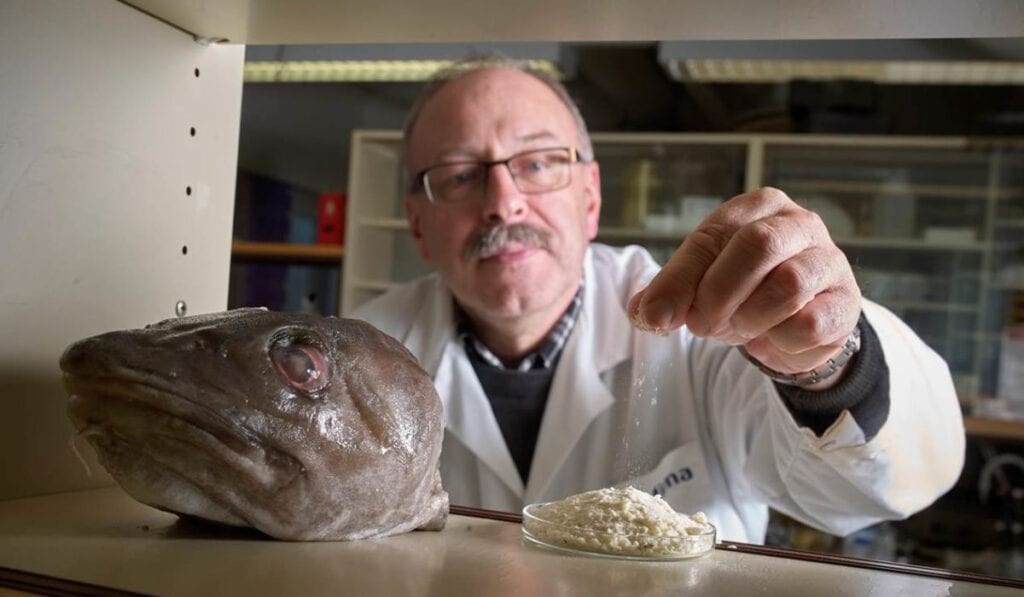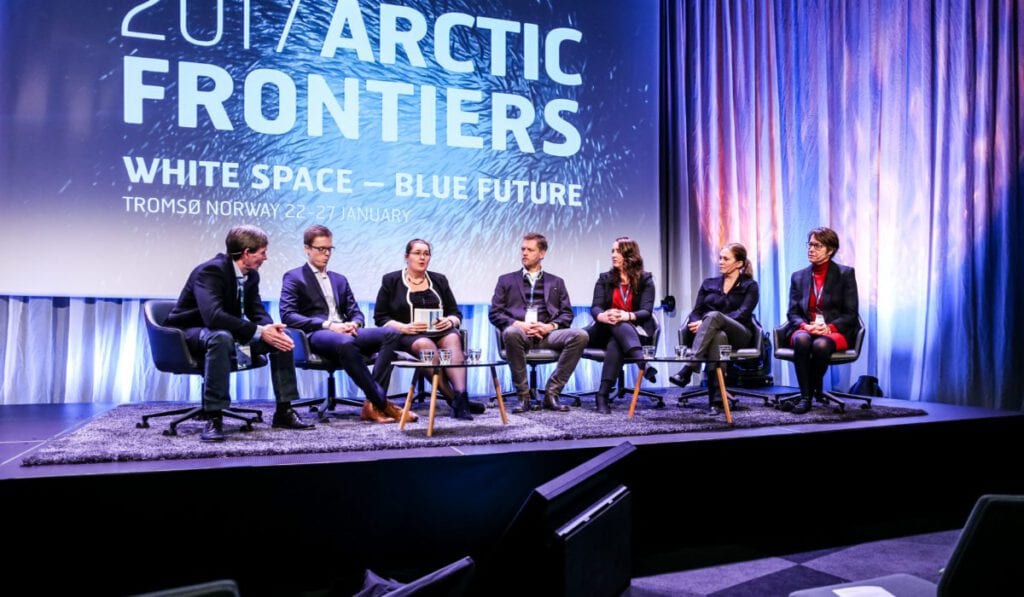Icons
Direction
SNU sets out a strategic direction to ensure that regional priorities harmonise with challenges, advantages and needs across the region.
Partner
SNU strengthens the role of the county council as a social developer, network hub and partner through identified social driving forces and focus areas.
Addressing policy areas
SNU is a management tool for addressing policy areas in context, through information-sharing, coordination and tasks and the assessment of the areas of industry should be given priority at any given time.
Parallax background image
Column
DIRECTION AND PRIORITISATION
In addition to the county council’s own planning documents, the county council is also an administrator of national and regional assignments for industrial and societal development.
Two columns
SNU will enable the county council to establish priorities within industry.
The strategy provides an excellent overview of focus and target areas of relevance to industry. It is also a working methodology for the creation of new action plans and the roll-out of established sector strategies, with a higher cycle rate, including evaluation and reflection.
SNU is a tool which makes it easier for the county council to fulfil and further develop the role of social developer.
During the preparation of the strategy, prioritised initiatives over time were reviewed, and the funding allocated by the county council for projects aimed at industrial and social development were analysed. This, combined with trends and feedback across the region, make up the strategy’s principal structure and associated focus and target areas.
Image / Video

Two columns
Regional advantages
The role of social developer and regional industry-oriented development is strengthened through a partnership between industry, the county council and centres of knowledge and expertise.
In line with the County Plan for Troms 2014 – 2025, the strategy focuses on the interaction between our nature-based and anthropogenic advantages, i.e.:
- Nature
- Geography
- Knowledge and expertise
- Society and diversity
Social driving forces
Society is constantly evolving and social driving forces are developing and changing in line with trends and economics. A common thread amongst the social driving forces is that they are cross-sectorial, relevant and applicable across the region at different levels. The social driving forces are also generic in societal and industrial development.
In light of the OECD study entitled “OECD Territorial Reviews: Northern Sparsely Populated Areas 2017” and feedback at national level, four social driving forces have been identified:
- Technology
- Sustainable development
- R&D
- Interaction
The social driving forces cannot be viewed in isolation, and must be seen in context and assessed on the basis of the fact that they impact on each other and that synergies can arise when they interact.
The social driving forces are dynamic and have no concrete meaning until they are interpreted in a regional context. By considering social driving forces in the context of national goals and regional priorities, the region will be ready to meet the unknown needs and challenges of the future.
Parallax background image
Column
FOCUS AREAS
The focus areas are closely linked to the abovementioned social driving forces.
The focus areas are viewed in context with these forces, where interaction with the social driving forces addresses the cross-sectorial perspective in the strategy.
The focus areas are high-priority industrial areas which will be the subject of initiatives going forward. These focus areas are supported by target areas, within which action plans with specific activities and initiatives will be developed based on specific needs and political priorities.
Four focus areas have been identified ↓
Two columns

1. EXPERIENCE ECONOMY
The experience economy is an umbrella term for industries which have in common that they contribute to the creation of experiences. In the experience economy, the focus switches from product and service delivery, to the customer’s experience as the value-adding element.
The purpose of the experience economy is to develop towns and regions with the aid of cultural and artistic experiences, and to promote diversity amongst the population. The experience economy helps to drive industrial development based on experiences and creative industries. Creativity is an important source of innovation, industrial development and economic growth.
The experience economy helps to identify new and better ways of organising, managing and marketing initiatives and activities within industry, and promoting organised voluntary initiatives.
Two columns

2. CIRCULAR ECONOMY
The circular economy expands our view of what constitutes resources and how resources can be utilised most effectively. By virtue of the circular economy, resources in the economy remain in a cycle, enabling us to improve resource utilisation.
Effective resource use reflects good economics, and the circular economy can help to reduce emissions and greenhouse gases, create jobs and build new green industry. In order to utilise the region’s resources in the best way possible, it will be necessary to create more with less.
The circular economy is about not just waste management and recycling, but also increased use of capacity, stringent requirements regarding product development and material use, as well as smart solutions which offer new ways of driving industrial development.
Two columns

3. INDUSTRIAL AND INNOVATION SECTORS
It is essential to invest in knowledge, expertise and technology which can promote innovation and industrial development linked to our natural resources and the management of these resources in order to ensure that our industrial and innovation sectors thrive.
The county’s innovation infrastructure encompasses national, regional and municipal structures, as well as institutions within higher education and research. In order to boost value creation across the region, it is important to promote and mobilise research-based innovation and facilitate entrepreneurship and established industry. In order to achieve this, it will be necessary to establish and develop appropriate interaction and collaboration arenas in a coordinated partnership.
Two columns

4. LOCAL VALUE CREATION
Local value creation takes place when local and regional resources and advantages are converted into national assets. Local value creation takes place from a broad value creation perspective for industrial development based on local resources. Industry is the key factor for the growth of regions.
The potential for growth through local value creation makes the region more attractive and highlights new opportunities. Attractiveness is another important factor for the development of good and efficient municipalities and regions, and promotes the development of industry and jobs.
The composition and characteristics of industry reflect the region’s culture and attractiveness for new industry, new workforces and the region’s ability to exploit and further develop resources. To boost value creation, facilitation and appropriate framework conditions for industry and the population will be essential.
Parallax background image
Column
TARGET AREAS
- Target areas represent the operationalisation and concretisation of activities within one or more focus areas.
- The target areas will be rolled out in relation to changes in the surroundings, and the direction and priorities of these areas will therefore be adjusted on an ongoing basis.
- The following target areas have so far been identified based on the County Plan for Troms, our surroundings and a review of previously prioritised initiatives and strategies:
Icons
Experience industry
Location attractiveness
Biotechnology
Icons
Blue bioeconomy
Industry-related environmental initiatives
Food- and bio-based industry
Icons
Sea food industry
Industry-oriented location development
Infrastructure
Column
RELEVANT PARTNERS
As a regional development player, the county council must support and promote good network and collaboration arenas, which engage relevant partners in order to share knowledge, challenges, opportunities and needs.
Two columns
Collaboration arenas must be long-term and structured
The county council has a network function in the form of the mobilisation of industry and society. In this regard, it will be important to further develop the county council’s role in the provision of guidance.
Relevant partners will be identified both within and across SNU’s various focus areas.
Different partnership models and obligations will be established and created through these arenas, and partnership agreements will for example be used as an implementation instrument. Clusters, resource centres, development and event arenas will also be used as a tool in this context. Overall, these are key factors in relation to exercising the role of social developer.

